Spiders are one of the most feared insects. They can be found in dark corners, under furniture, and in trees. Some people are even afraid of them because they think they might be poisonous. But not all spiders are poisonous, and some of them are actually quite beautiful.
One type of spider that is both beautiful and not poisonous is the black and brown spider with white dots. This spider is found in many different parts of the world, including North America, South America, Europe, Asia, and Africa. It is a small spider, with a body that is only about an eighth of an inch long. The legs of this spider are also very thin and delicate.
Despite its small size, this spider is actually quite dangerous to other insects. It preys on ants, bees, crickets, flies, and other small insects.
Types of Spiders With White Dots
There are many types of spiders with white dots. Some of the most common include the house spider, wolf spider, and brown recluse spider.
The house spider is one of the most common types of spider with white dots. These spiders are usually black or dark brown in color and have a white dot on their abdomen. House spiders are not considered to be dangerous to humans and are actually quite beneficial because they help to control other insect populations.
Wolf spiders are another type of spider with white dots that are commonly found in North America. These spiders are usually brown or gray in color and have two rows of white spots on their backs. Wolf spiders are not considered to be dangerous to humans but can be aggressive if they feel threatened.
Brown recluse spiders are one of the most dangerous types of spiders with white dots.
How to Identify Spiders With White Dots (Black and Brown Spiders)
There are many different types of spiders, and some can be difficult to identify. One way to identify spiders is by their color. Black and brown spiders are among the most common, and they can often be distinguished by the presence of white dots on their bodies.
These dots may be arranged in a pattern or be random. They may also be found on the legs or abdomen. If you see a spider with white dots, it is likely a black or brown spider.
Some black and brown spiders may also have other markings, such as stripes or patterns. However, the presence of white dots is a good indicator that the spider is one of these two colors. If you are still unsure, you can always consult a guidebook or ask an expert for help in identifying the spider.
Types of Black Spiders With White Dots
Zebra Jumping Spider (Salticus scenicus)
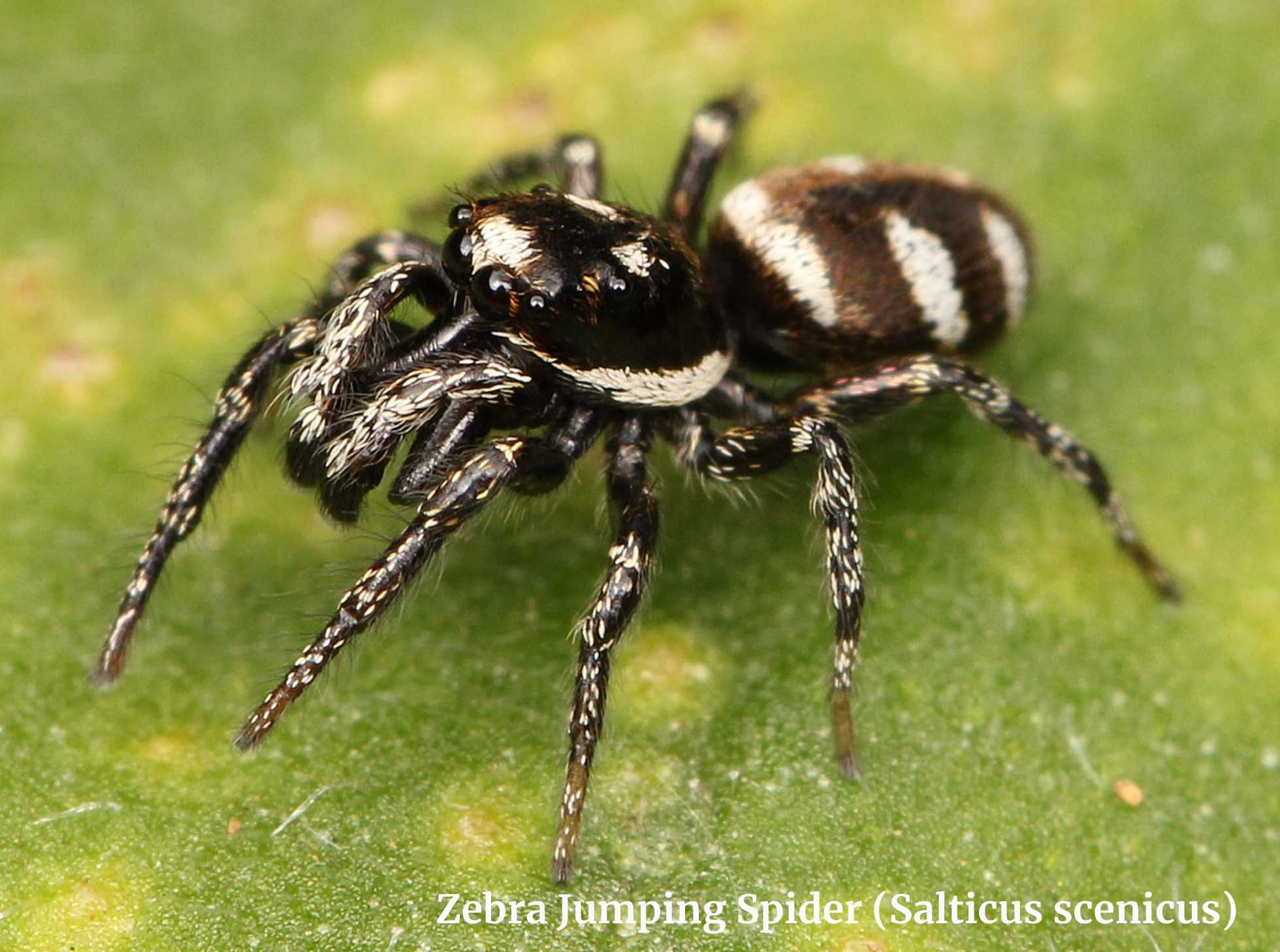
The zebra jumping spider (Salticus scenicus) is a small, black spider with a white dot on its back. It is found in North America and Europe. The zebra jumping spider is a hunting spider that preys on small insects such as flies, mosquitoes, and ants.
It is an agile jumper and can leap up to 20 times its own body length. The zebra jumping spider has excellent vision and can see objects up to 18 inches away. It is also attracted to bright colors, especially red.
Bold Jumping Spider (Phidippus audax)
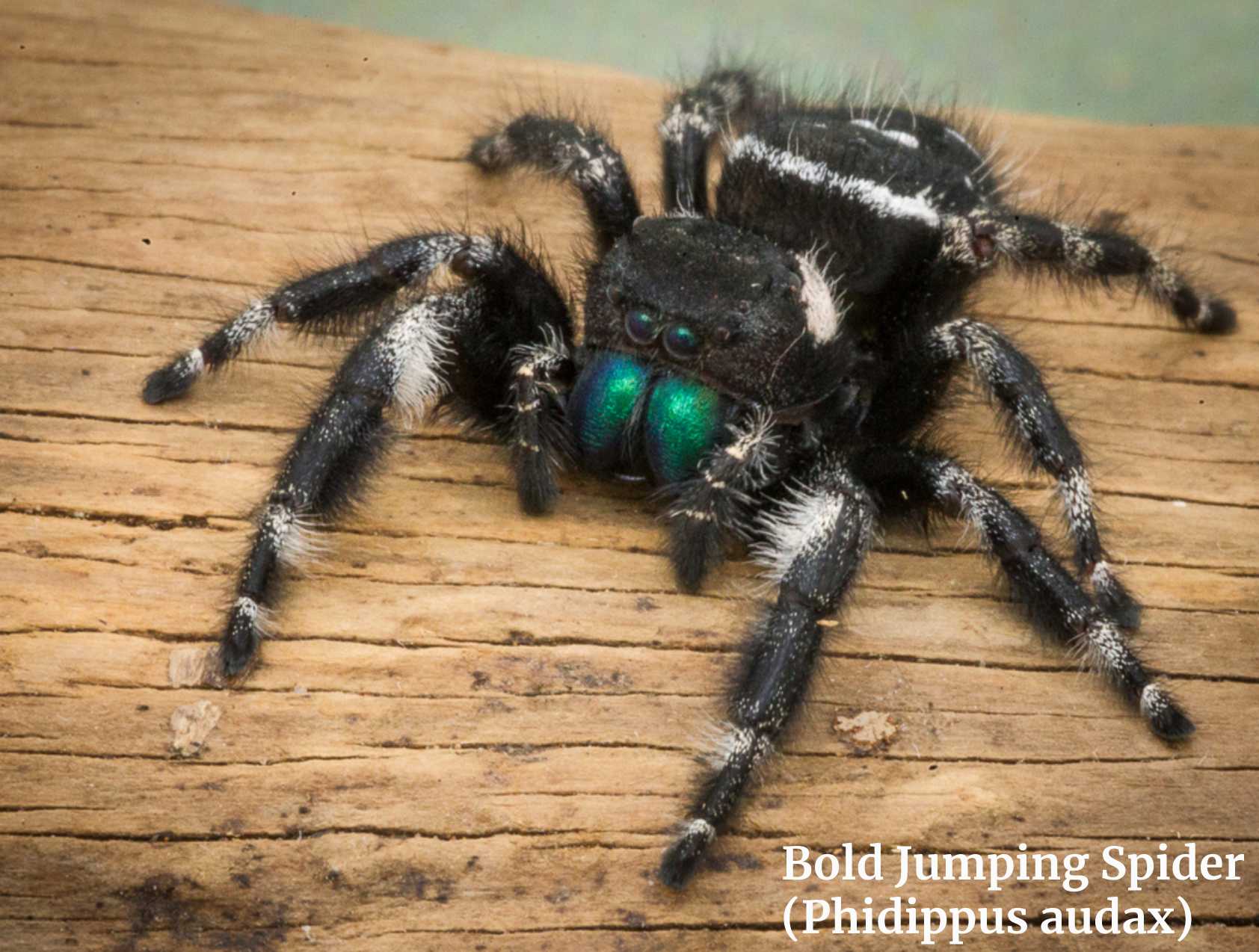
Bold Jumping Spider (Phidippus audax), also known as the black spider with white dot, is a species of jumping spider that is native to North America.
The Bold Jumping Spider gets its name from its fearless and aggressive nature. This spider is not afraid to jump on its prey, which can be anything from small insects to large spiders. The Bold Jumping Spider has excellent eyesight and can see in color.
It uses this keen vision to locate its prey and then launches itself at them with lightning speed. The Bold Jumping Spider is not poisonous to humans but can give a painful bite if provoked.
Marbled Purple Jumping Spider (Phidippus purpuratus)
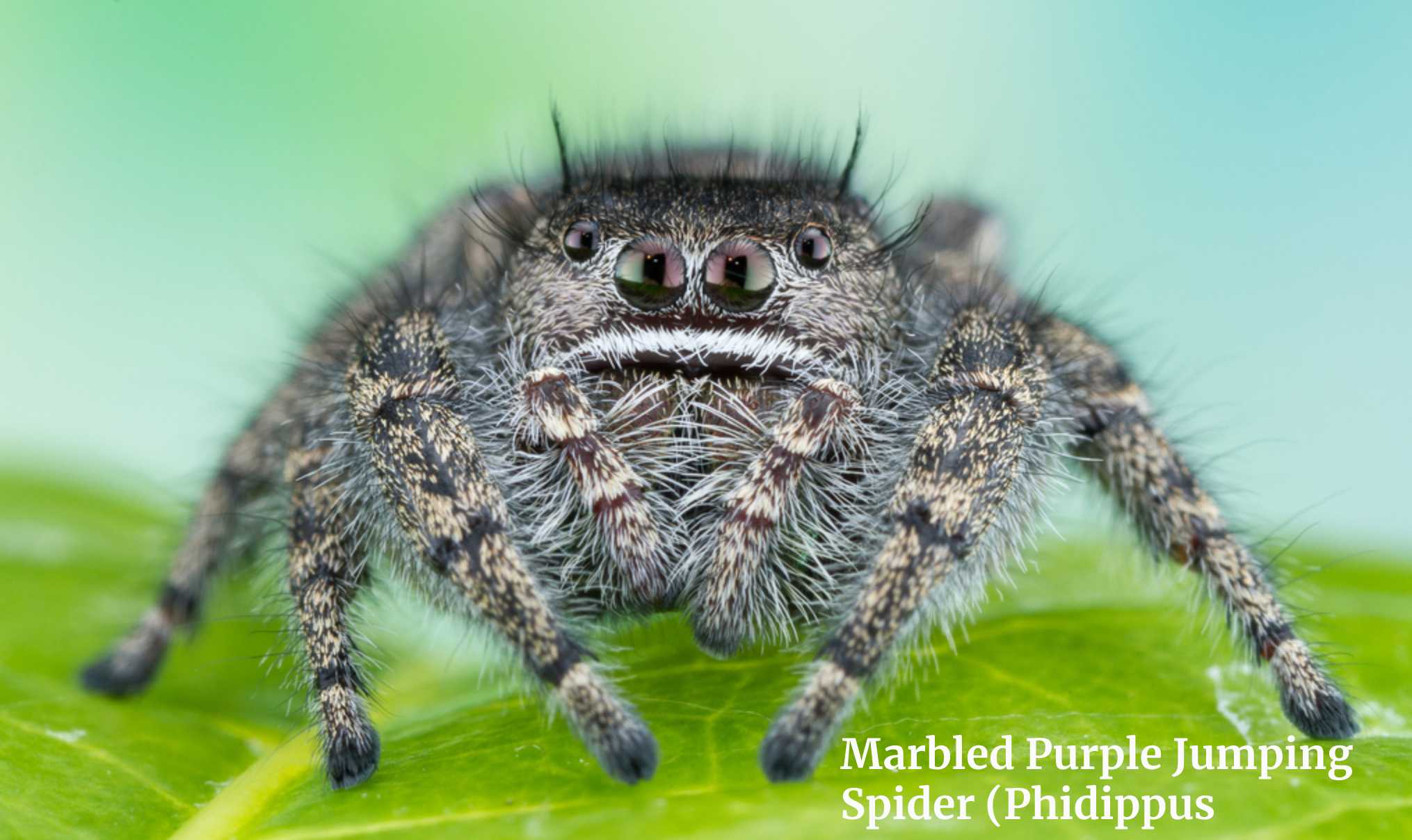
The Marbled Purple Jumping Spider (Phidippus purpuratus) is a black spider with a white dot on its abdomen. It is a member of the Salticidae family of spiders, which includes more than 600 species of jumping spiders. The Marbled Purple Jumping Spider is found in the southern United States and Mexico.
The Marbled Purple Jumping Spider gets its name from the purple or blue-greenish marbling on its back. The white dot on its abdomen may be surrounded by a darker ring. The spider’s legs are black with white bands. The Marbled Purple Jumping Spider is about 1/2 inch long.
The Marbled Purple Jumping Spider is not considered to be dangerous to humans, but it can give a painful bite if it feels threatened.
Eastern Parson Spider (Herpyllus ecclesiasticus)
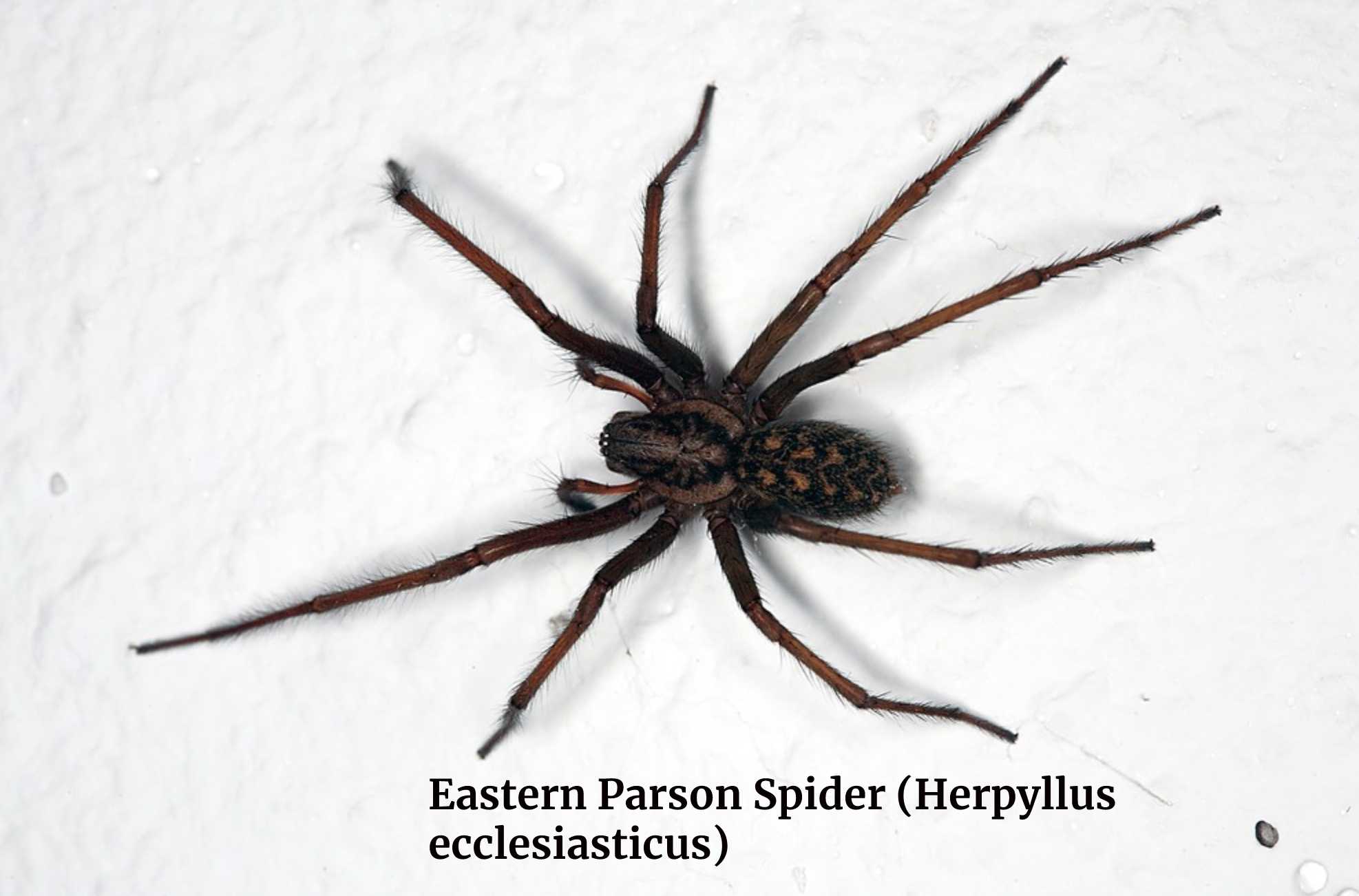
The Eastern Parson Spider is a black spider with a white dot on its abdomen. It is common in the eastern United States and Canada.
The spider is also known as the Black Widow Spider. It is a member of the widow spiders, which are known for their venomous bites. The Eastern Parson Spider is not considered to be dangerous to humans, however, its bite can be painful.
Crablike Spiny-Backed Orb-weaver (Gasteracantha cancriformis)
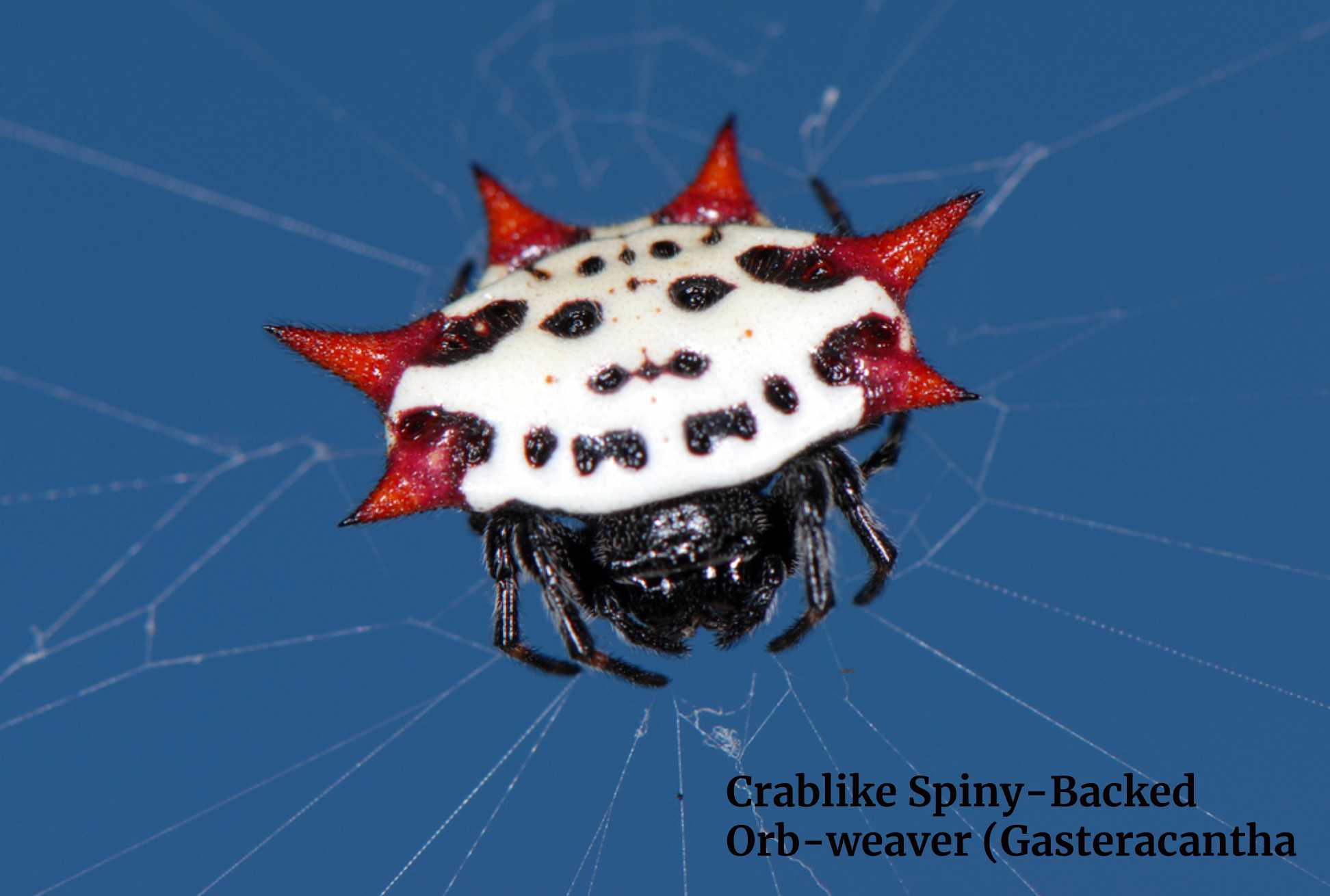
The Crablike Spiny-Backed Orb-weaver (Gasteracantha cancriformis) is a black spider with a white dot on its back. It is found in the tropical and subtropical regions of the world, such as Africa, Asia, Australia, and the Americas.
The spider gets its name from its crab-like shape and the spines on its back. The Crablike Spiny-Backed Orb-weaver is not poisonous to humans, but it can give a painful bite if provoked.
Black Widow (Latrodectus elegans)
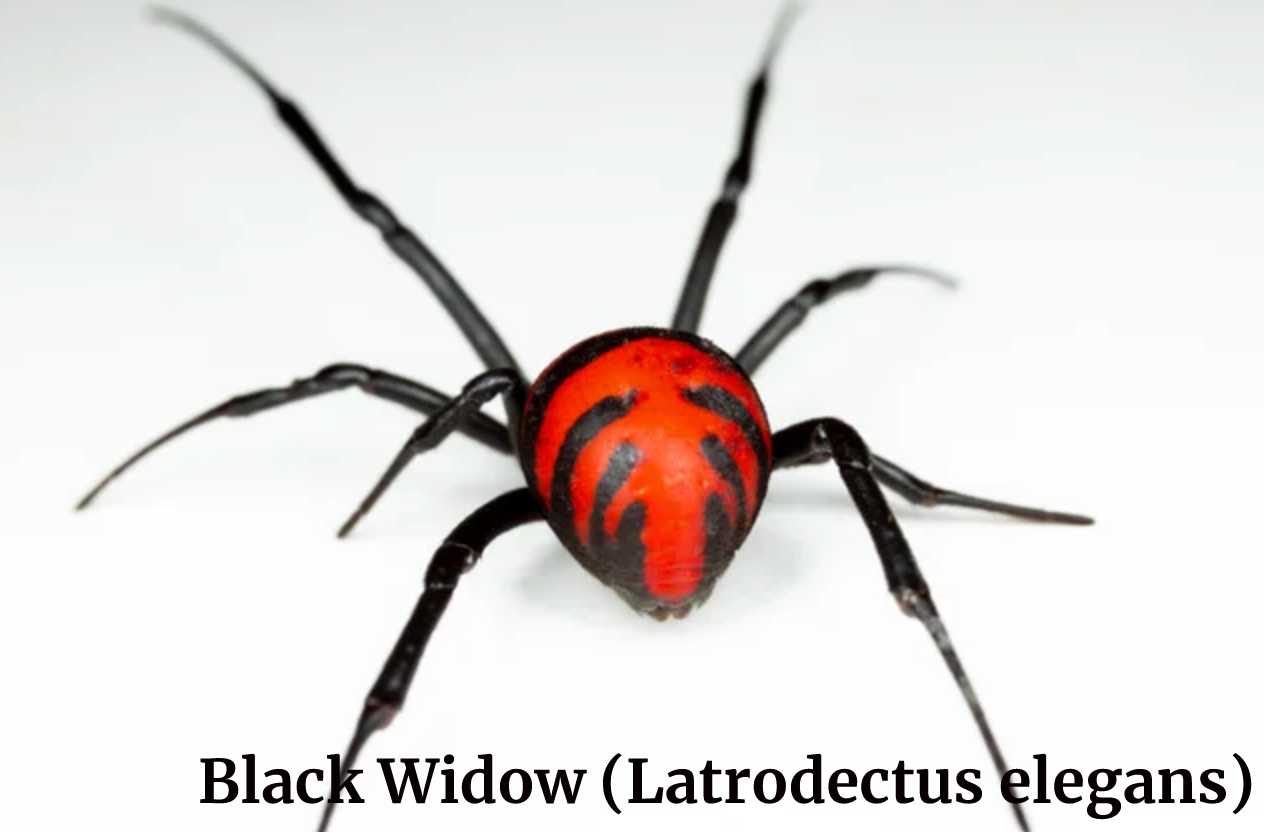
The black widow (Latrodectus elegans) is a black spider with a white dot on its abdomen. It is found in North America and South America.
The black widow is considered to be the most venomous spider in North America. The venom of the black widow can cause muscle pain, cramping, and nausea.
The black widow is not aggressive and will only bite if it feels threatened. If you are bitten by a black widow, seek medical attention immediately.
Spotted Ground Swift Spider (Nyssus coloripes)
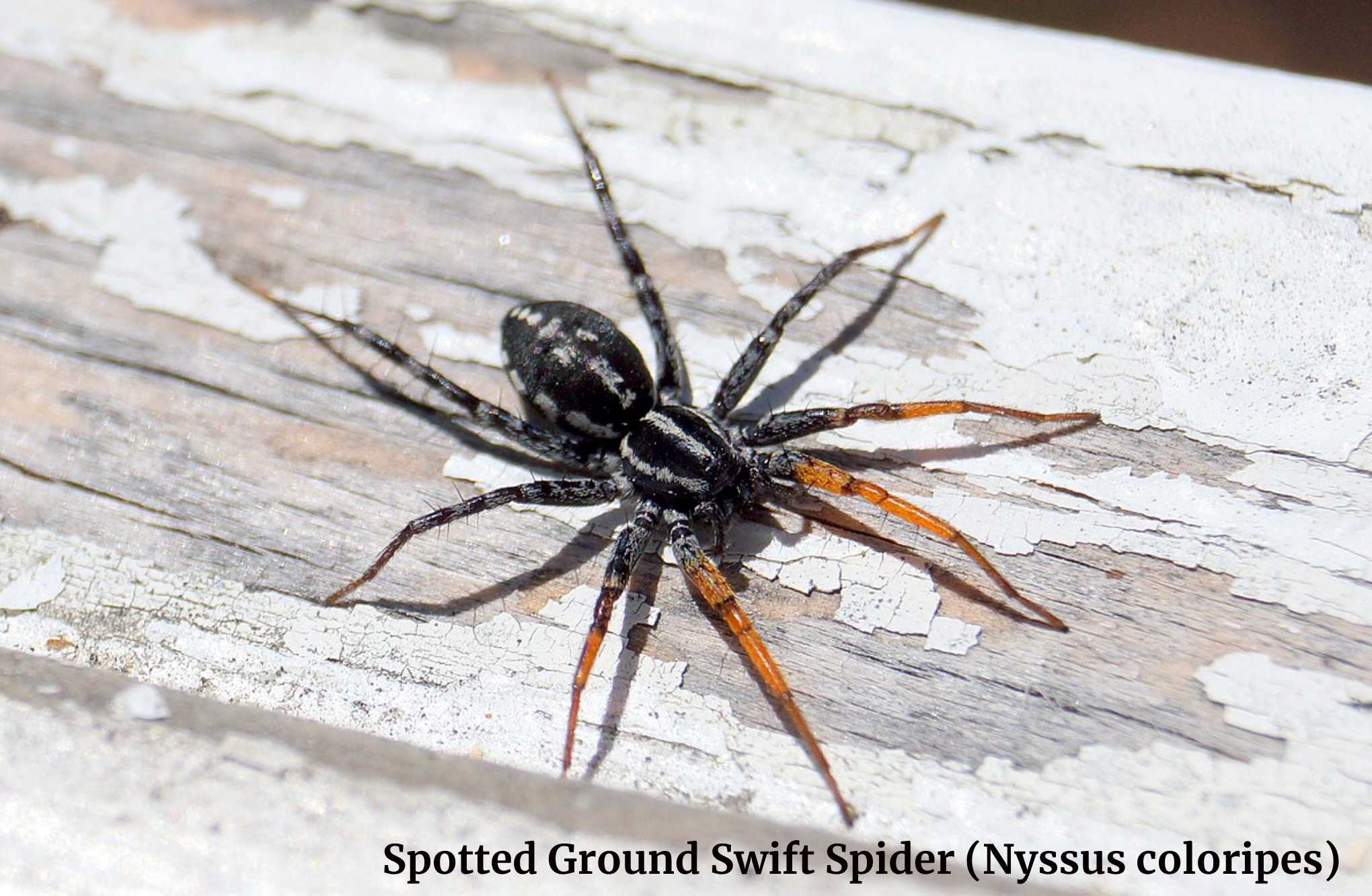
The Spotted Ground Swift Spider (Nyssus coloripes) is a small, black spider with a white dot on its back. These spiders are found in the southern United States and Mexico.
They build their webs in trees or shrubs, and they prey on small insects. The Spotted Ground Swift Spider is not considered to be dangerous to humans.
Silver Argiope (Argiope argentata)
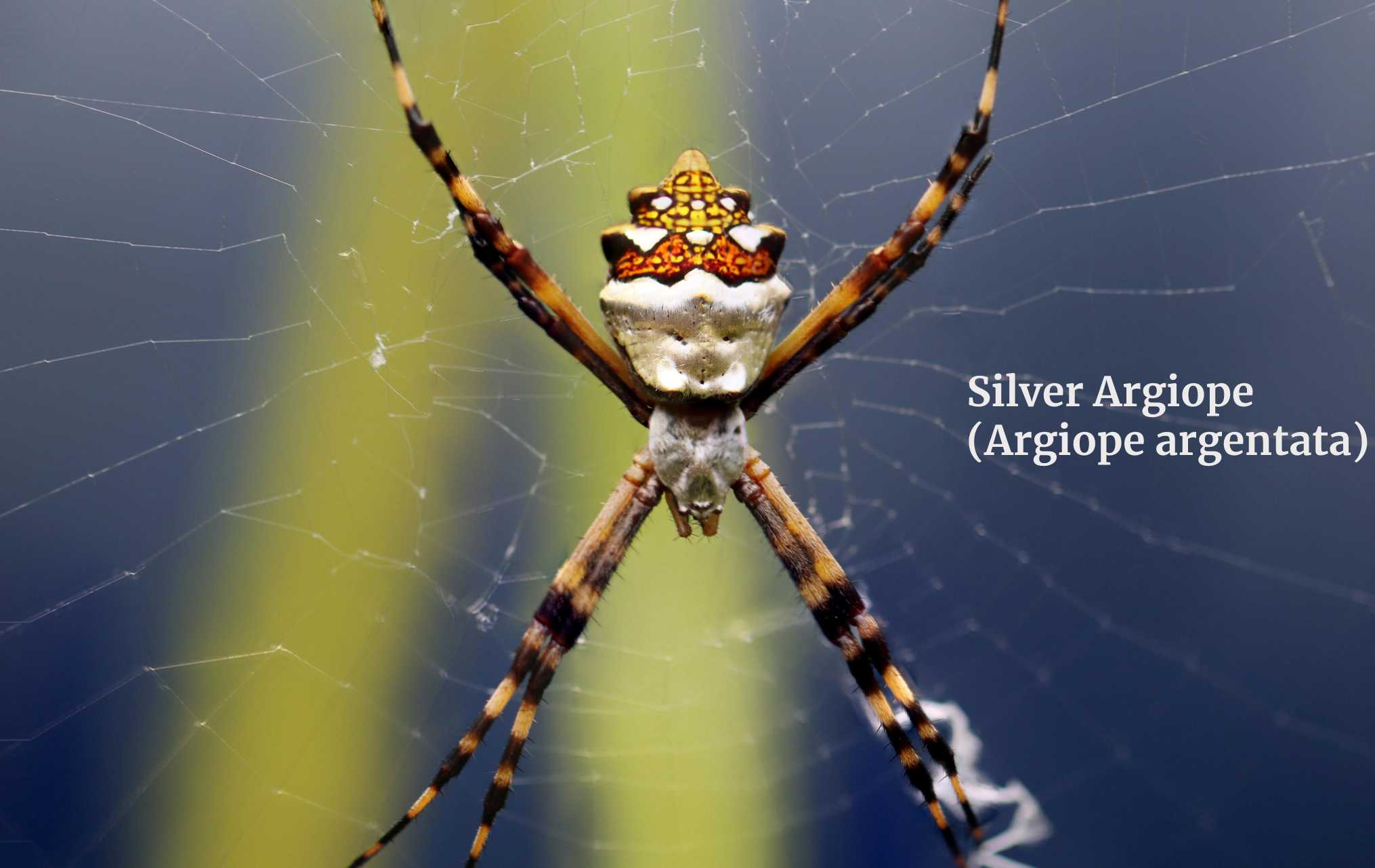
Silver Argiope (Argiope argentata) is a black spider with a white dot on its abdomen. It is found in the southeastern United States and Mexico. The silver argiope is a member of the orb-weaver spiders, which build spiral webs. The silver argiope’s web is usually about 2 feet in diameter.
The spider waits in the center of its web for prey to get tangled in the web. When prey is caught, the spider quickly wraps it in silk and injects it with venom. The venom paralyzes the prey and kills it.
Castianeira longipalpa
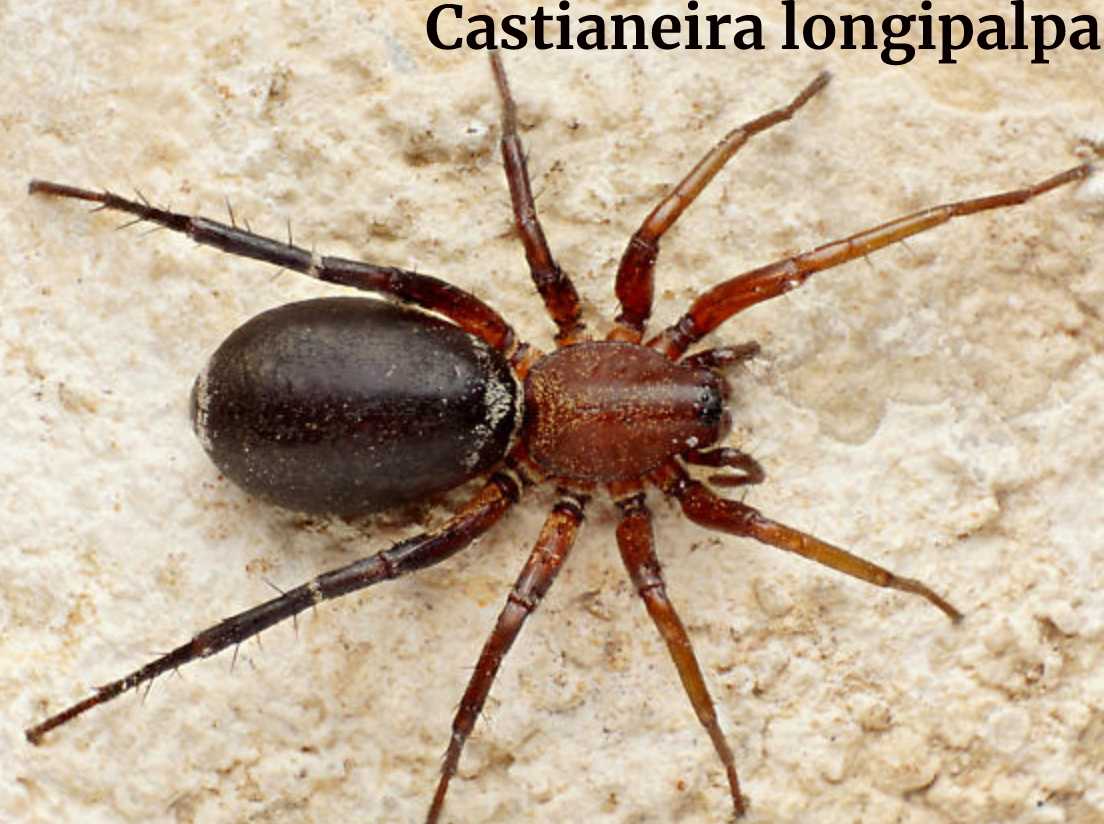
Castianeira longipalpa, or the black spider with white dot, is a species of spiders in the family Theridiidae. They are found in North America and Europe. The body of an adult Castianeira longipalpa is about 6-8 mm in length and the leg span is about 12-15 mm. The abdomen is black with a white dot near the center.
The carapace and legs are dark brown or black. Castianeira longipalpa are shy spiders that build their webs in dark corners or under objects. They feed on small insects that become entangled in their webs.
Types of Brown Spiders With White Spots
Western Black Widow Spider (Latrodectus hesperus)
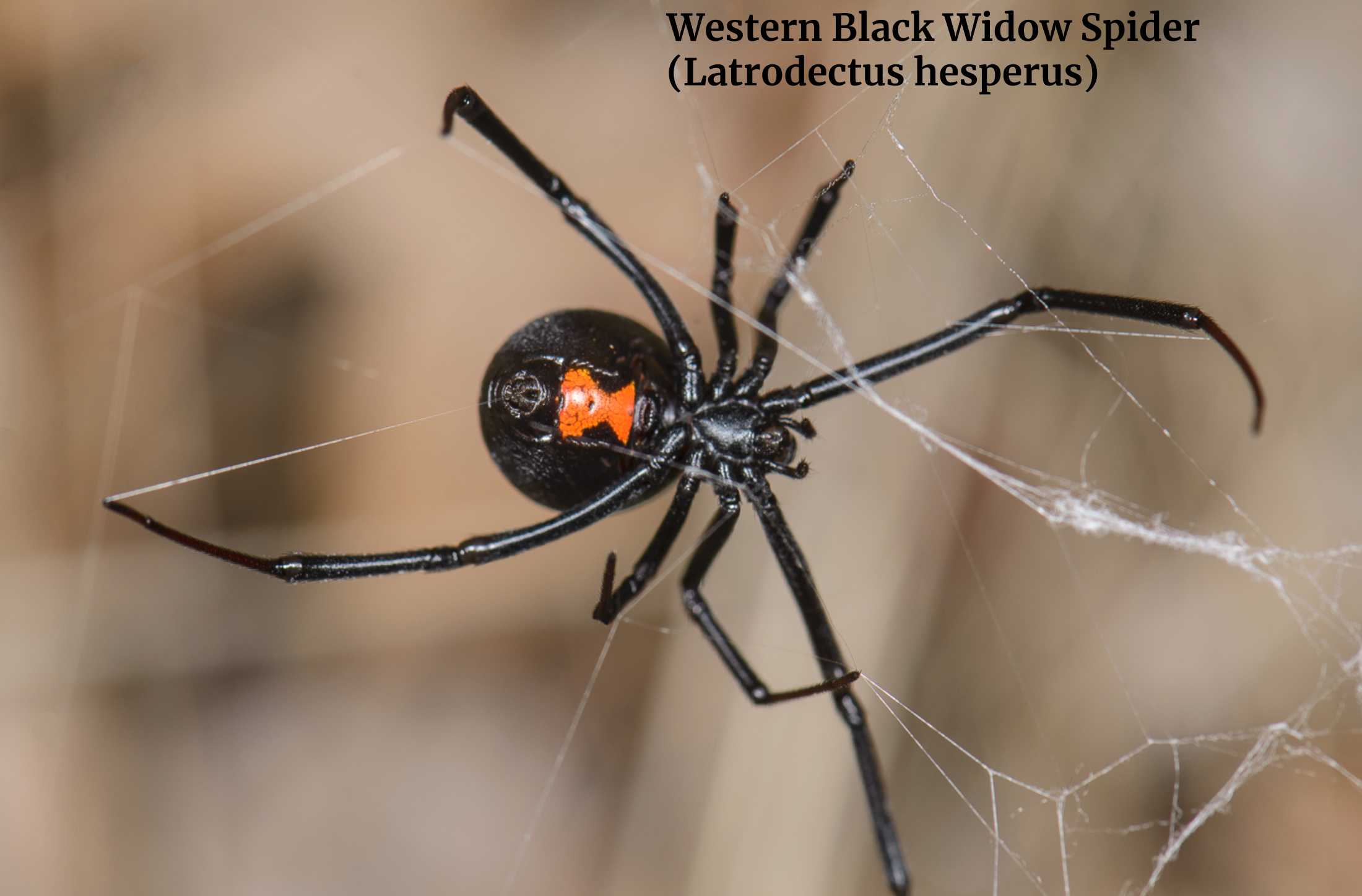
The Western Black Widow Spider (Latrodectus hesperus) is a brown spider with a white spot on its back. It is found in the western United States and Canada.
The Western Black Widow Spider is the most venomous spider in North America. Its bite can cause severe pain, muscle spasms, and death. The Western Black Widow Spider is not aggressive and will only bite if it feels threatened.
Orange-Headed False Black Widow Spider (Steatoda washona)
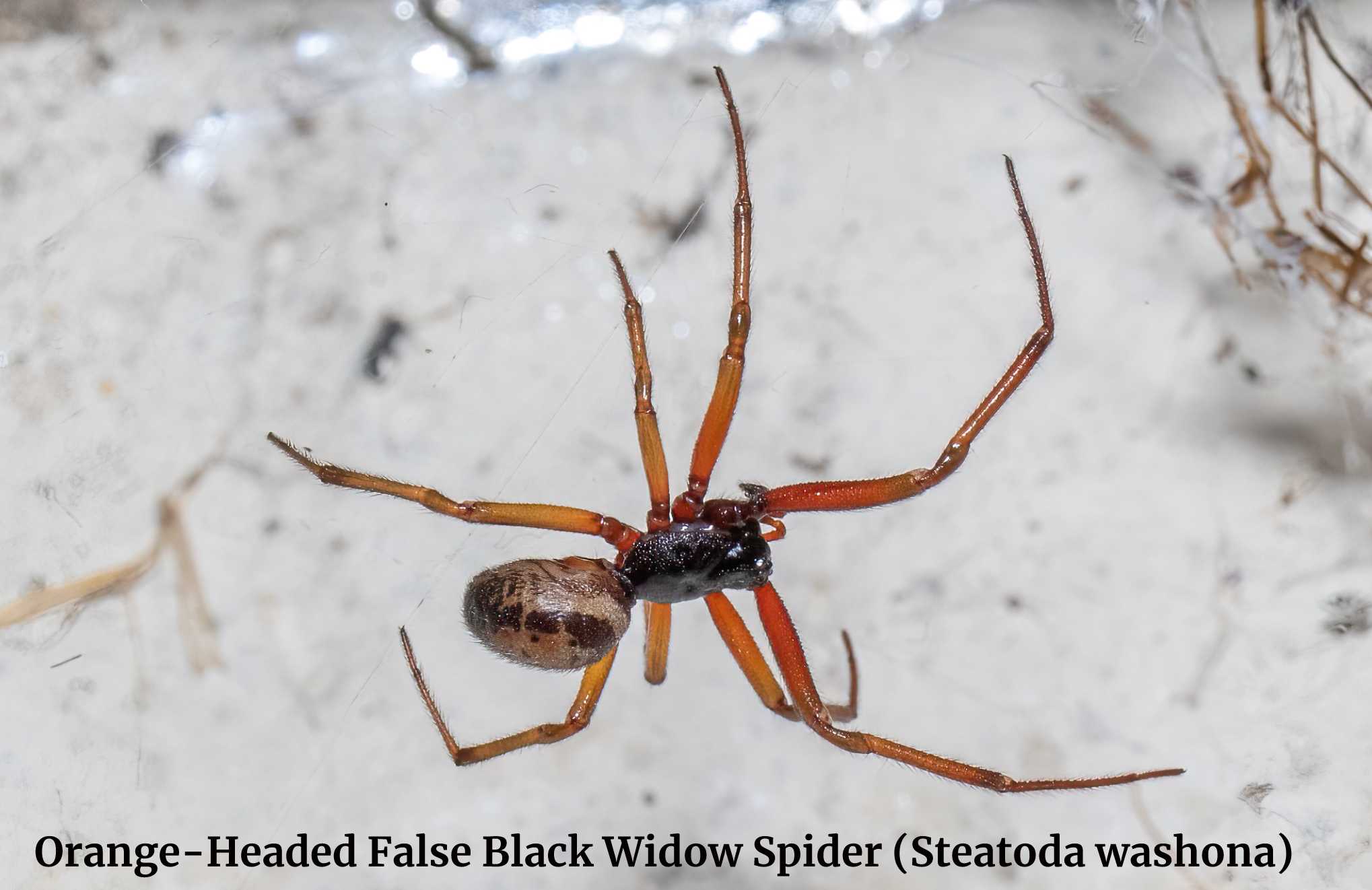
The Orange-Headed False Black Widow Spider (Steatoda washona), is a brown spider with a white spot on its abdomen. It is often mistaken for the more dangerous black widow spider. However, while the false black widow is venomous, its bite is not considered to be medically significant and is not known to be fatal.
The false black widow is native to the southwestern United States, but has been found in other parts of the country as well. It is most commonly found in homes, where it builds its web in dark corners and around windows.
The false black widow is shy and rarely bites humans, but if it does, the bite can cause pain, swelling and irritation. If you think you have been bitten by a false black widow, seek medical attention immediately.
Noble False Widow (Steatoda nobilis)
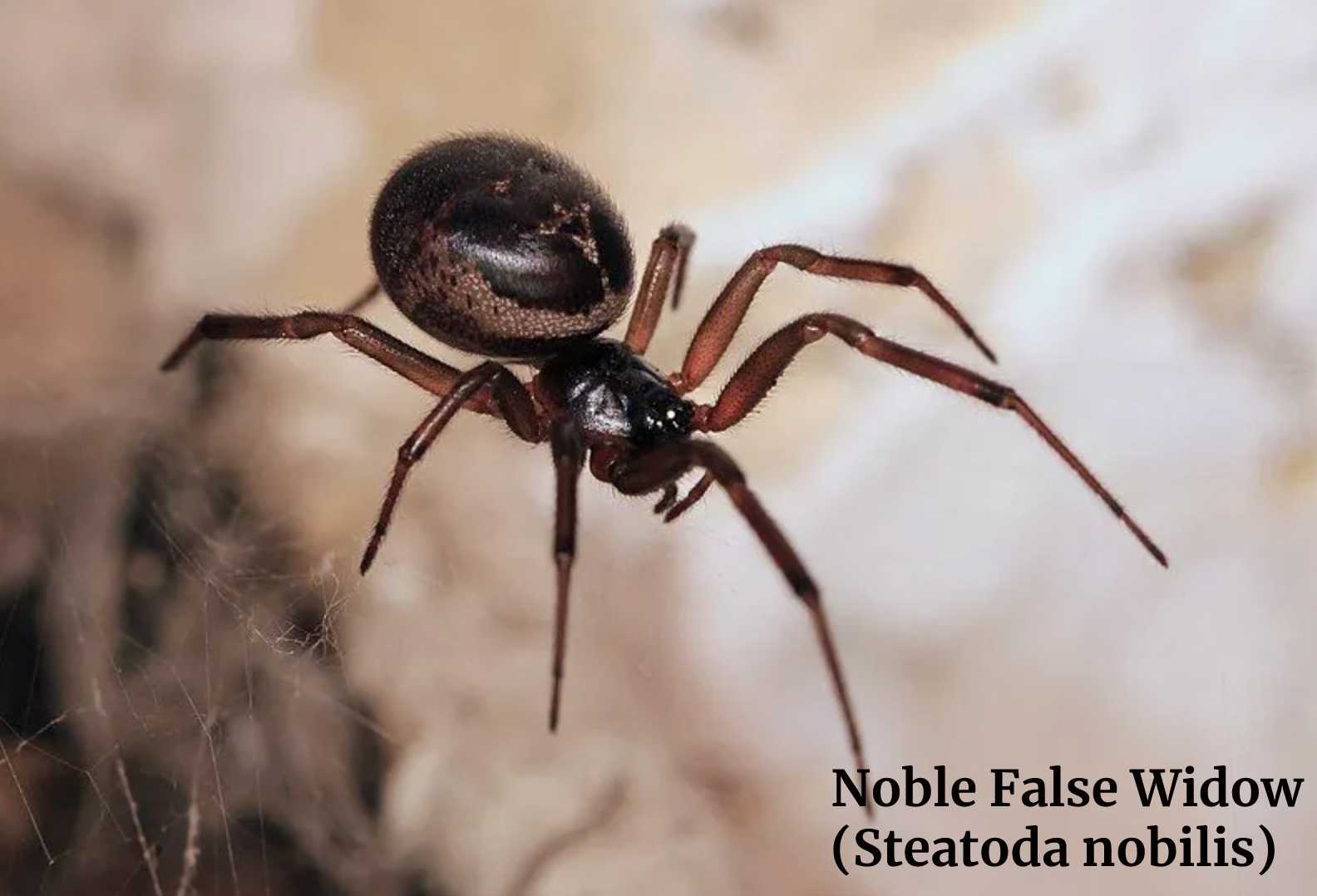
The Noble False Widow (Steatoda nobilis) is a brown spider with a white spot on its back. It is a member of the Theridiidae family of spiders, which includes the black widow spider. The Noble False Widow is native to Europe and was introduced to North America in the late 19th century.
It is now found in many parts of the United States, Canada, and Mexico. The Noble False Widow is not considered to be a dangerous spider, but it can bite if it feels threatened. Its bites are not usually harmful to humans, but they can cause local swelling and pain.
Tropical Orb-Weaver Spider (Eriophora ravilla)
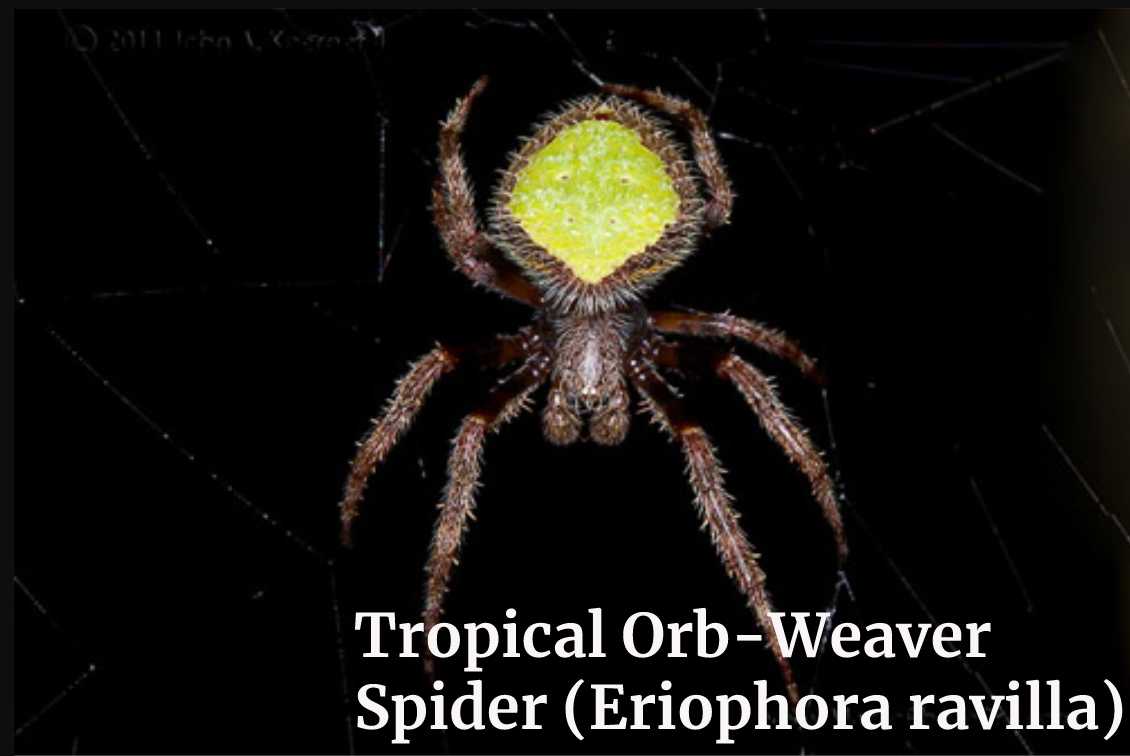
The Tropical Orb-Weaver Spider, also known as the Brown Spider With White Spot, is found in tropical regions around the world. This spider gets its name from the way it weaves its web in a spiral pattern.
The Tropical Orb-Weaver Spider is brown with a white spot on its abdomen. These spiders are not aggressive and will usually only bite if they feel threatened. If you see a Tropical Orb-Weaver Spider, be sure to leave it alone and admire it from a distance.
Dictyna arundinacea
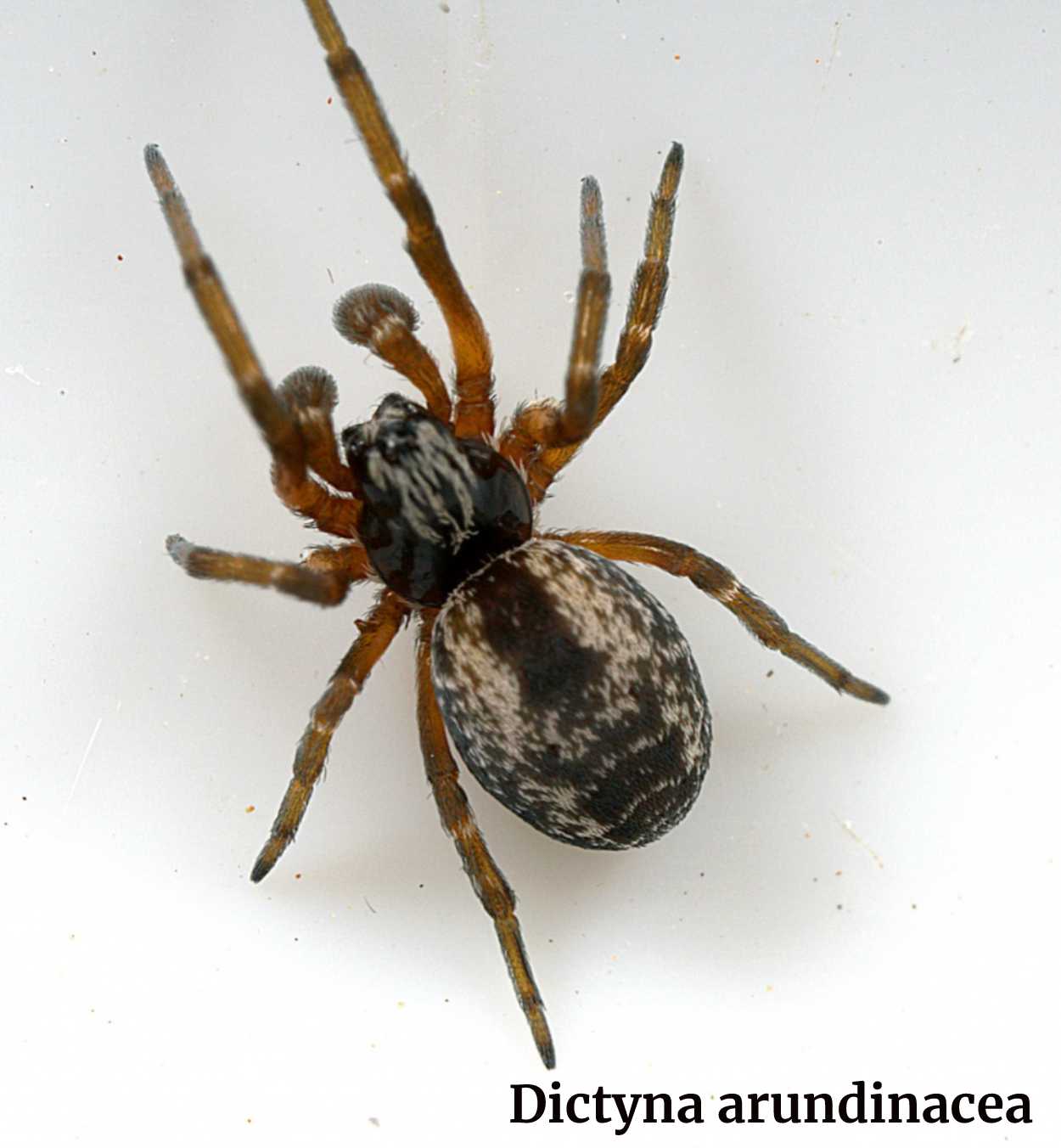
Dictyna arundinacea, also known as the brown spider with a white spot, is a species of spider in the family Dictynidae. It is found in North America, Central America, and South America. The female brown spider with a white spot is larger than the male, and can reach a length of up to 8 mm (0.3 in).
The body of the brown spider with a white spot is brown or black, and it has a white or cream-colored spot on its abdomen. The legs of the brown spider with a white spot are also covered in small black spots. The brown spider with a white spot is not considered to be harmful to humans.
Raft Spider (Dolomedes fimbriatus)
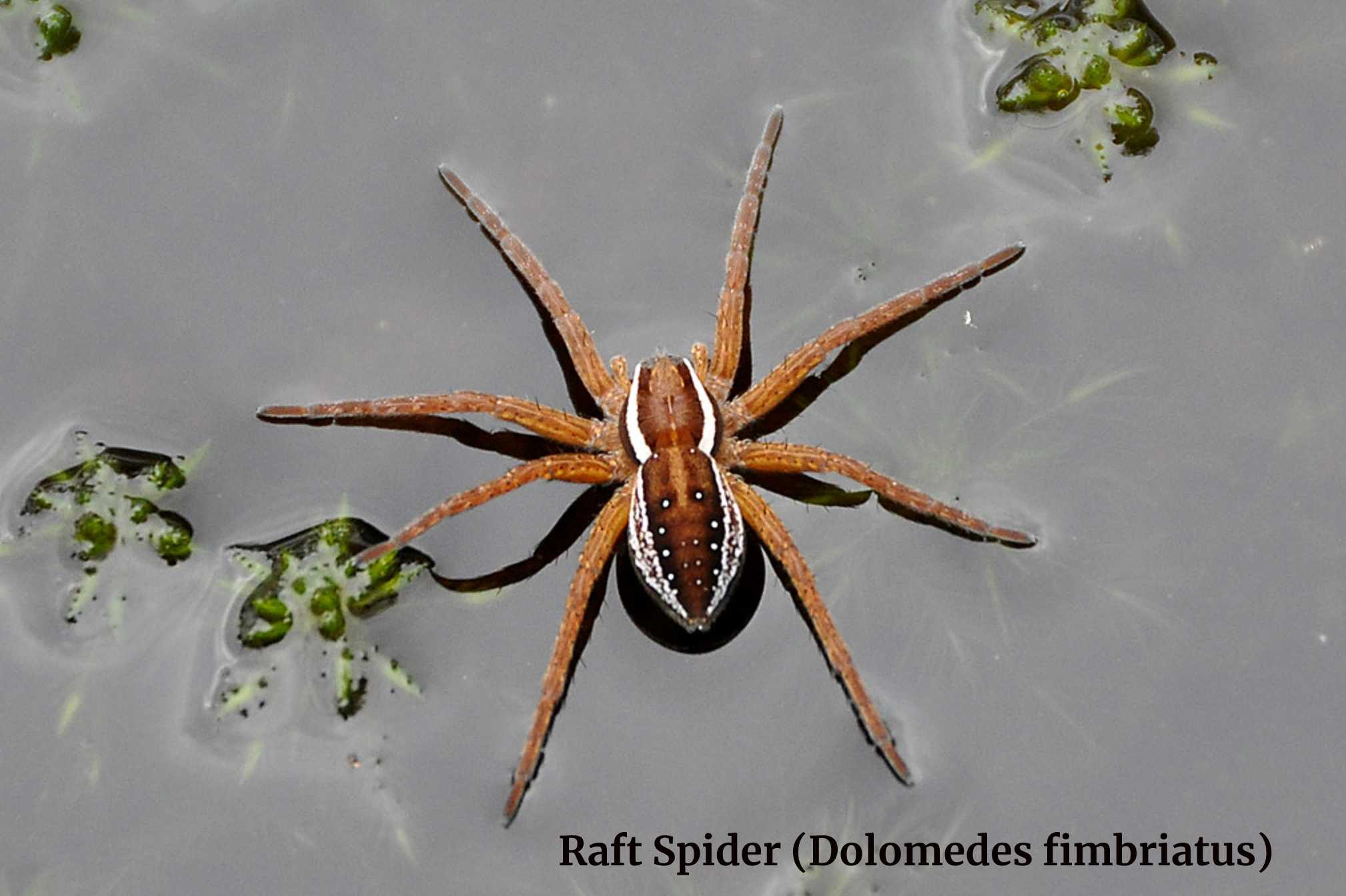
The Raft Spider (Dolomedes fimbriatus) is a brown spider with a white spot on its abdomen. It is a member of the fishing spider family and is found in Europe and Asia.
The Raft Spider gets its name from its habit of floating on the water’s surface. It can also walk on water. The spider preys on small insects, larvae, and even fish. It has been known to bite humans, but its venom is not considered dangerous to humans.
Mothercare spider (Phylloneta sisyphia)
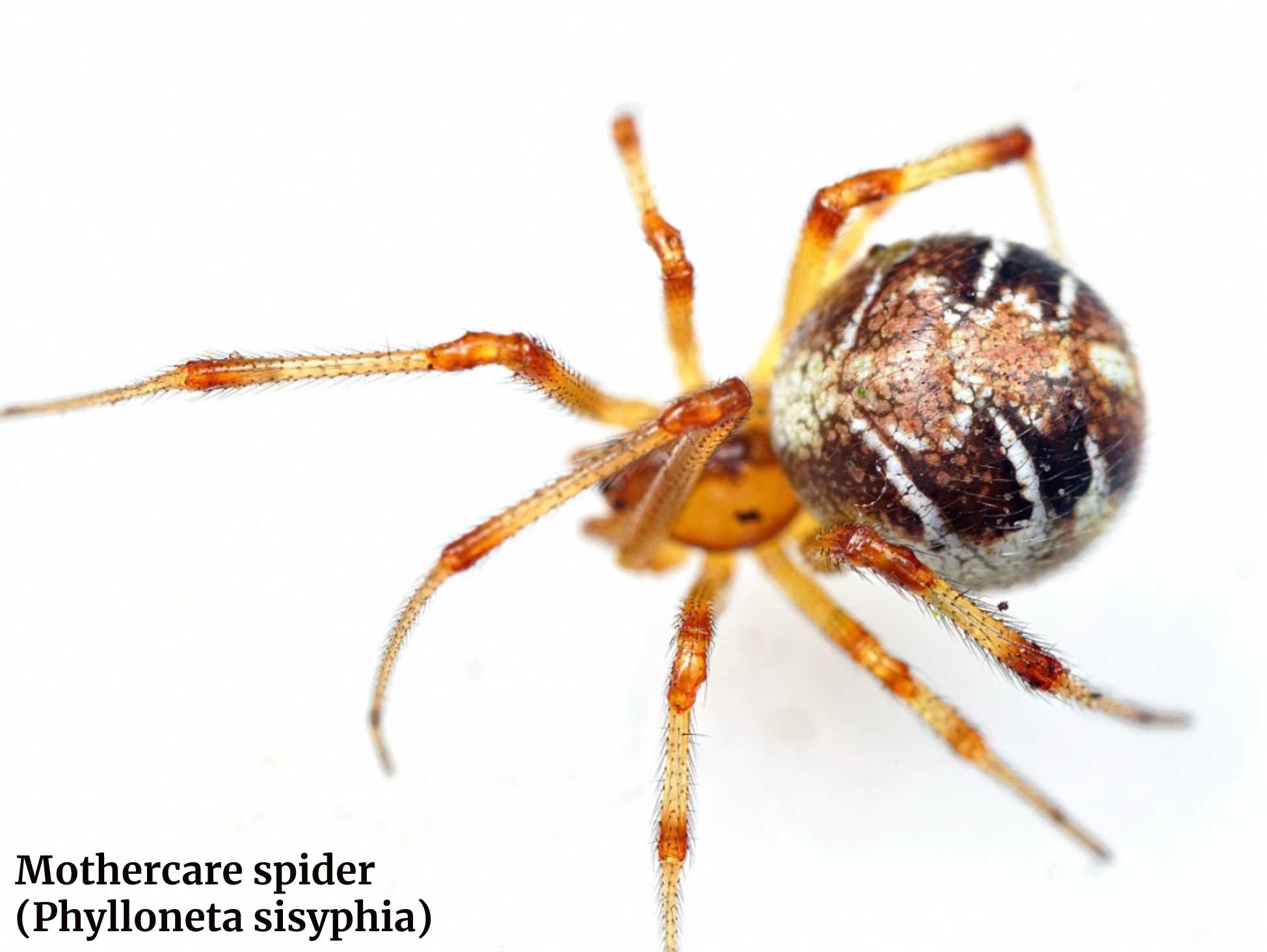
The Mothercare spider (Phylloneta sisyphia), is a brown spider with a white spot on its abdomen. It is found in the United States, Canada, and Mexico.
The Mothercare spider is a member of the family Theridiidae, which includes the black widow spiders. The Mothercare spider is not considered to be dangerous to humans, but it can bite if provoked.
White-tailed spider (Lampona cylindrata)
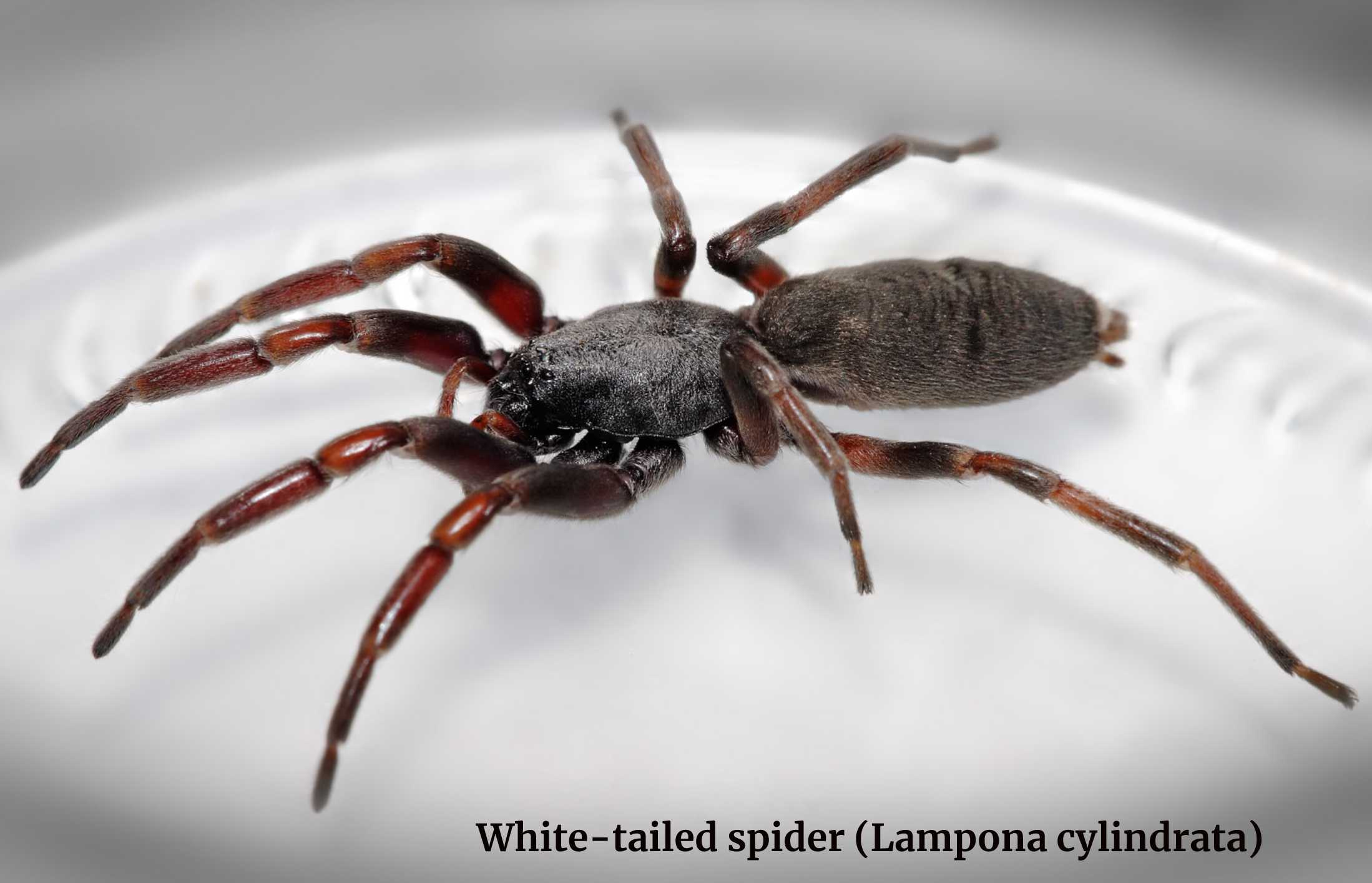
The white-tailed spider (Lampona cylindrata) is a brown spider with a white spot on its abdomen. It is native to Australia and New Zealand, and is commonly found in houses and gardens.
The white-tailed spider is not aggressive, but can bite if provoked. The bites are not usually dangerous, but can be painful and cause swelling. If you are bitten by a white-tailed spider, you should seek medical advice.